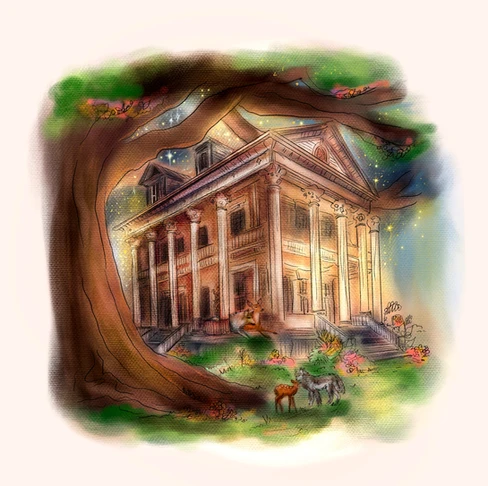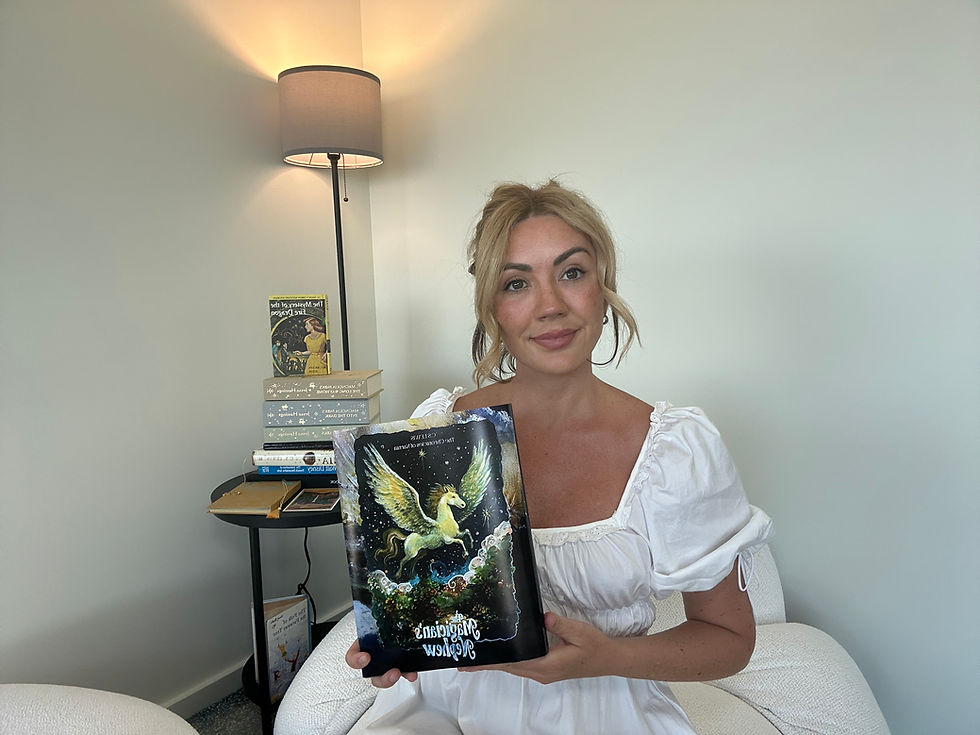Cover Art & The Publishing Industry
- Emmy Lawless

- May 9
- 3 min read
Updated: May 10

Recently, I shared a video on Instagram responding to a comment someone made about my latest book cover design. The comment read:
“This cover doesn’t do it for me AT ALL.”
Which, of course, is entirely fair — art is subjective. I’ve always believed that the goal of illustration isn’t universal approval, but resonance. I’d much rather create something that evokes a strong reaction — love or hate— than produce something unremarkable.
So the comment is really just the reality of what it is to put art out into the world, but it did get me thinking about cover art trends across the publishing industry.
A Moment in the Bookstore
I vividly remember the first time I saw one of my covers in the wild. It was 2018 and I spotted Magnolia Parks: The Long Way Home by Jessa Hastingson a shelf at Dymocks Bookstore in Sydney, and what struck me most was how much it stood out from the other titles in its genre. Many were leaning into cartoon-style illustrations. It was as though the same designer had created every cover.
Fast-forward to 2025, and I found myself in a Barnes & Noble in Chicago. Once again, I noticed the same design tropes dominating the shelves — stylized, flat vector graphics and, increasingly, what appeared to be AI-generated photographic covers.
I started to wonder: is this because readers resonate with this style so much? Or is it that its easier to create? Safer?

Noticing a Pattern, Starting a Conversation
After receiving that Instagram comment, I clicked through to the person’s profile out of curiosity to see what covers they did like. Their aesthetic matched what I’d seen in-store.
So I shared some reflections on my Instagram stories. I wasn't prepared for the response — I received more direct messages than I ever have on any post. It sparked an outpouring of thought from readers who, like me, were wondering if something’s been lost in the race toward fast, (possibly cheaper) automated designs that at least look like they fit in on the shelves.
I want to be clear: this isn’t a criticism of other artists or designers. I know there are brilliant creatives behind every style and strategy, and I don’t pretend to know all the decisions publishers face when choosing a cover. Budgets, timelines, market data — it’s complicated. But the reader response I received makes me think there’s a growing appetite for book covers that lean into unexpected storytelling and originality.
Where Art and Storytelling Meet
My goal is always to create something layered. Sometimes the meaning isn’t obvious at first glance, and that’s intentional. I want the art to contribute to the storytelling, to be part of the emotional experience of the book.
The Bigger Picture
In an era where AI tools are evolving faster than we can track, and economic uncertainty pushes publishers toward "safe" or formulaic creative decisions, I understand the instinct to stick with what works. But I also believe that art, especially in publishing, has the power to surprise and slow us down. To offer something that doesn’t just sell, but resonates.
I don’t expect everyone to love my work. Like Dita Von Teese once said: “You can be the ripest, juiciest peach in the world, and there’s still going to be somebody who hates peaches.”
I hope there will always be room for covers that feel like they were made with care — with paint-stained hands, imaginative choices, and a belief in the power of story.
Love,Emmy x


























